Plants love light; this is a given, it’s one of only three things our plants use as their food and life sources, but not all of us are naturally blessed with massive, south-facing windows that let in all the light our house plants could desire.
There is always at least one room that is lacking in light, but that doesn’t mean you can’t fill it with beautiful plants.
Lucky for us, there are many different plants out there that can handle low light levels and still grow voraciously.
If that dark, dingy room of yours is just begging to be filled with wild and divine foliage, here are some of my favorite plants that will grow and thrive in darker, more shaded rooms in your home.
- Midas Touch Ivy (Hedera Helix)
- Boston Fern (Nephrolepis exaltata ‘Bostoniensis’)
- Slipper Orchid (Paphiopedilum)
- Heart Leaf Philodendron (Philodendron scandens)
- Snake Plant (Sansevieria trifasciata)
Midas Touch Ivy (Hedera Helix)
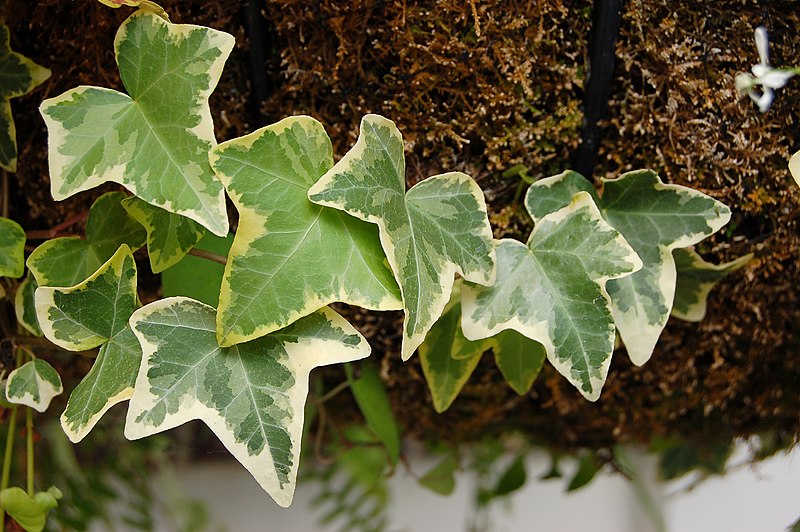
Ivy is often forgotten as an indoor plant, thanks to its English cottage connotations, but it really is the perfect house plant, especially for darker rooms and those of us who aren’t naturally green-thumbed.
Midas touch is a variation of English Ivy, and this beautiful specimen can grow happily in lower levels of light.
It can also withstand a decent amount of neglect.
So, if you’re a little forgetful when it comes to watering and changing pots, ivy will never punish you for that.
When it comes to low-light-level rooms, not every ivy species will be happy with these conditions.
In fact, many will grow leggy, sickly, and even be more prone to pests.
However, ivy that has white variegation on its leaves, like Midas touch Ivy, prefers more indirect light.
Making them the perfect houseplant for rooms that don’t see as much direct sunlight.
- USDA Growing Zone: Zones 10, 9, 8, & 7
- Color Varieties: Dark Green With Golden Yellow Variegation
- Sun Exposure: Partial shade to full shade
Boston Fern (Nephrolepis exaltata ‘Bostoniensis’)
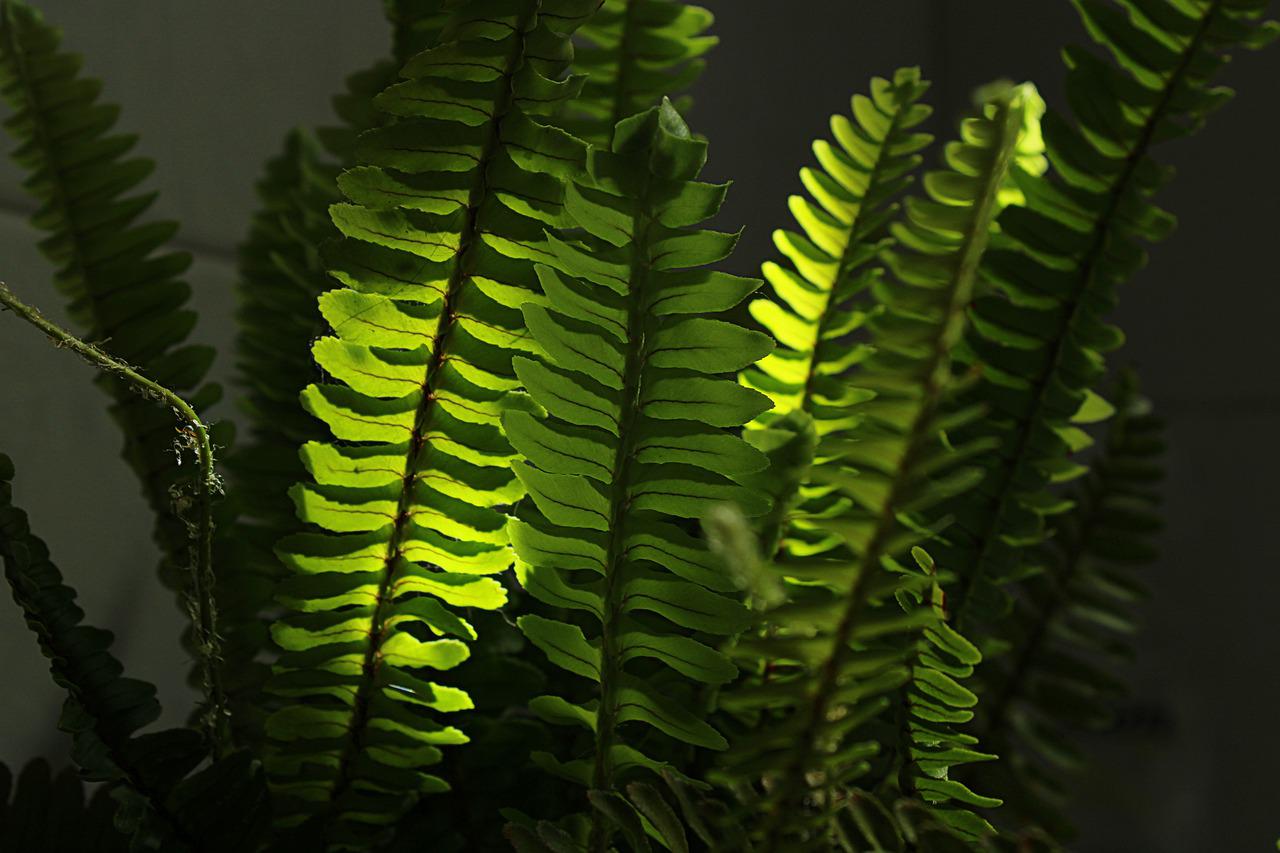
This classic indoor houseplant can be found in many homes across America.
However, its popularity doesn’t make it any less special, and this tropical fern is perfect for the darker, more sun-starved rooms in your home.
The Boston fern is relatively easy to care for and is pretty forgiving when it comes to some light neglect.
Its slow-growing foliage is sword-shaped, and each larger leaf is made up of multiple little blue-green leaflets.
This popular fern, when grown outdoors, does very well in warm, swampy, humid conditions surrounded by the thick cover of forest trees.
So, it comes as no surprise that the Boston fern is an excellent plant for giving those darker rooms a bit of extra life.
- USDA Growing Zone: Zones 10 to 12
- Color Varieties: Medium to dark green
- Sun Exposure: Partial sun
Slipper Orchid (Paphiopedilum)
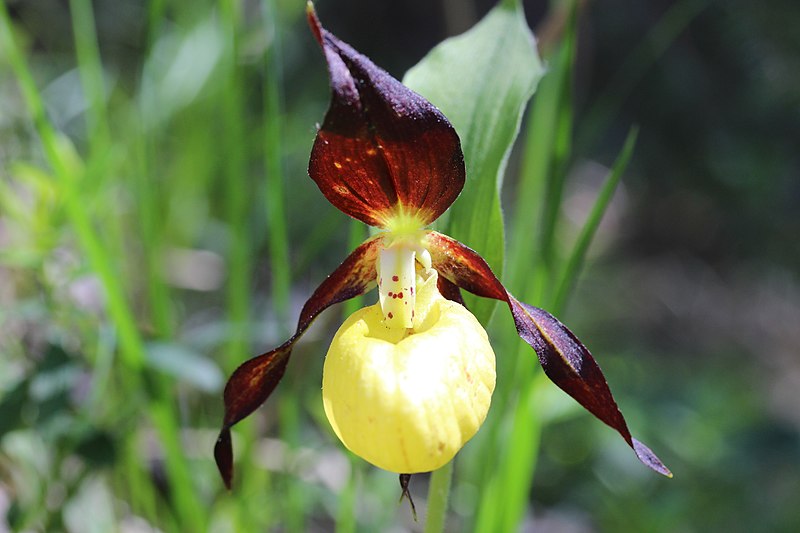
Orchids are notoriously finicky when it comes to their growing conditions and can shrivel and die at any given moment if they don’t like how you are caring for them.
However, if you’re up for the challenge, the beautiful and unique Slipper Orchid makes the perfect addition to a darker room.
This cold-hardy orchid has been rising in popularity recently, thanks to its beautiful blooms that come in a wide variety of colors and perennial attributes, but this has seen the wild populations of this plant begin to diminish.
So, if you decide the slipper orchid is for you, make sure you get yours from a reputable source.
Even better, if you grow your orchid well and give it the specific care they need, it can be easily propagated.
So, that means even more beautiful orchids for just the price of the first one.
- USDA Growing Zone: Zones 2 – 6 (depending on specific cultivar)
- Color Varieties: White, Yellow, Pink & Purple
- Sun Exposure: Partial Shade – Dappled Sunlight
Heart Leaf Philodendron (Philodendron scandens)
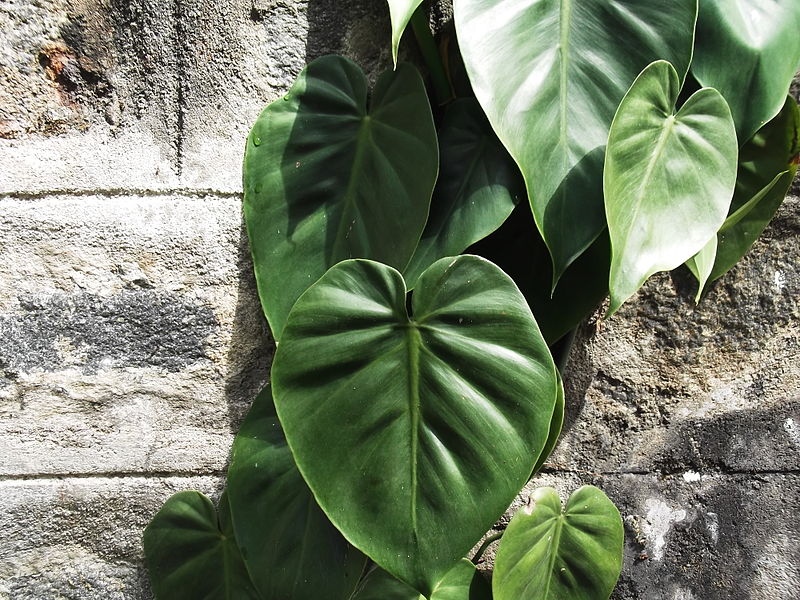
With its striking heart-shaped leaves and wild climbing vines, the heart leaf philodendron is a beautiful, statement vine to grow as an indoor houseplant.
Native to the tropical regions of South and Central America, this evergreen plant will give your dark and shady room a burst of green foliage all year round.
Heart leaf philodendrons are cold-sensitive to temperatures any lower than 60f, and so you will need to maintain a relatively warm space for them to thrive all year round.
This plant is fairly slow-growing, so you won’t have to worry about it overtaking your space in a short space of time.
On rare occasions, this polar house plant may even produce small greenish-white flowers on a mature plant – usually only when the plant is 15 years old or older.
If you repot this climbing vine every 2-3 years, it can live strong for many decades.
- USDA Growing Zone: Zones 10 & 11
- Color Varieties: Bronze-coloured (new growth) to dark green
- Sun Exposure: Partial shade, No direct sunlight
Snake Plant (Sansevieria trifasciata)
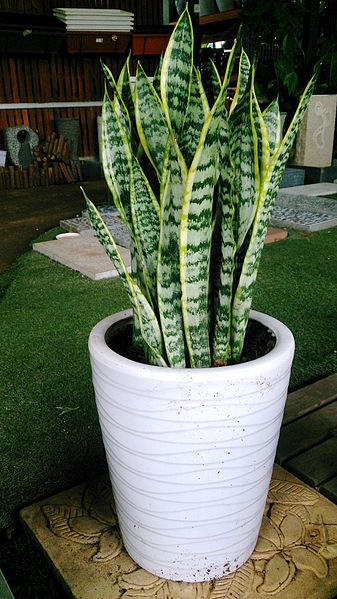
Featuring stiff, sword-like leaves that rise towards the ceiling, this evergreen plant can grow to be anywhere from an unassuming 6-inches tall to an impressive 8-feet tall.
However, one thing to keep in mind when it comes to the snake plant is that it is toxic to cats and dogs.
So, if you have a nibbler, this might not be the best houseplant choice for you.
Snake plants are very easy plants to grow and will do well in both full sunlight and rooms that get lower levels of sun throughout the day.
A few hours of direct sunlight over a short period of time will actually give its growth a little turbo boost, so you can always move this houseplant to a brighter room during the summer if you want it to grow faster.
- USDA Growing Zone: Zones 8+
- Color Varieties: Yellow and Green to Striped grayish-green
- Sun Exposure: Full sun to partial shade
How To Ensure Your Plants Survive In A Dark Room
To ensure your plants survive in a darker room, you’ll want to make sure the plant you choose can happily thrive with lower levels of light.
Plants that need direct sunlight will grow leggy as they try to search out the sun, causing them to grow weaker and be more prone to disease and infestations.
All plants need some level of sunlight; only parasitic plants are able to thrive in conditions that provide them with zero light at all, this is because they get all of their nutrients from their host plant, but even our darker rooms get some sort of light that many shade-loving plants will grow in quite contently.
As long as you are aware of your plant’s preferred growing conditions and care for them properly, they should grow beautifully in your more shaded rooms.
Best Practices When Keeping Plants In A Dark Room
If you are looking to grow and keep plants in a darker room in your home, here are a few things you will need to be mindful of to help them thrive well.
Watering
Many lower light-loving plant species have tropical needs.
This means they will need to be kept regularly damp but not boggy so that they get all of the water they need.
You will want to make sure to not overwater them, though, or you may end up drowning their roots or letting some form of root rot set in.
This will ultimately kill your plants in a very short period of time.
Light Needs
Our winters always bring with them even lower levels of light than usual, and even the most shade-loving plant needs some sort of light to thrive.
You may need to move your plants to a brighter room for the winter months or invest in artificial lights, like LED lights, to keep your plants happy.
Repotting
All pot-grown plants will need to be repotted every now and again to avoid their roots becoming root-bound.
Luckily, lower light plants, tend to grow a lot slower, so their roots are unlikely to run out of space every year.
Most low-light houseplants will need to be repotted every 2-5 years.
Final Word
Houseplants are becoming more and more polar.
Not only do they make our living spaces more inviting, but many plants can help to purify the air inside our homes.
Although you may think you need bright and airy rooms to foster thriving plants, there are many different plants that will grow quite happily in darker, more shaded rooms.
Lucky bamboo, Begonias, and Spider plants are three more shade-loving plants you may want to consider when deciding on your next houseplant.
As long as you give them the water they need, re-pot them when their roots are getting a little crowded, and give their waxy leaves a wipe down to clean any gathering dust, you’ll have plenty of greenery to enjoy even in your darker rooms.
Other guides in this series:
